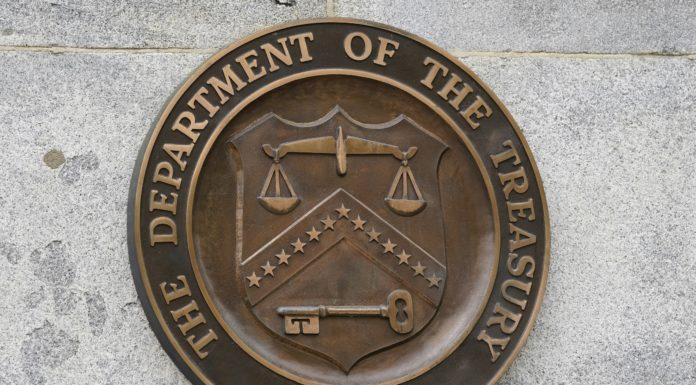(Adam Andrzejewski, RealClear Wire) The U.S. holds $39 trillion in liabilities while only having $4.9 trillion in assets, leading the Department of the Treasury to say “the current fiscal path is unsustainable,” according to a recent report.
The extensive report contains detailed financial information on the state of U.S. finances. There is a section titled “An Unsustainable Fiscal Path,” that explains that “a sustainable fiscal policy is defined as one where the ratio of debt held by the public to GDP (the debt-to-GDP ratio) is stable or declining over the long term.”
The U.S. has a rapidly-increasing debt-to-GDP ratio, along with ballooning mandatory spending on programs like Medicare and Old Age Survivors and Disability Insurance, driving up costs without substantial increases in revenue. These programs are projected to be depleted by 2028 and 2035, respectively.
On the balance sheet, the report shows the U.S. has assets of $4.9 trillion, which include cash, monetary assets, inventory and property, and loans receivable. On the liabilities side, however, the U.S. has $39 trillion in liabilities, which include $24.3 trillion worth of federal debt and interest payable, $12.8 trillion in federal employee and veteran benefits payable, and $1.8 trillion in other liabilities.
This is only one of many measures that show how much financial trouble the U.S. is in, and more people from both sides of the aisle are beginning to issue dire warnings that our current spending habits need to drastically change.

